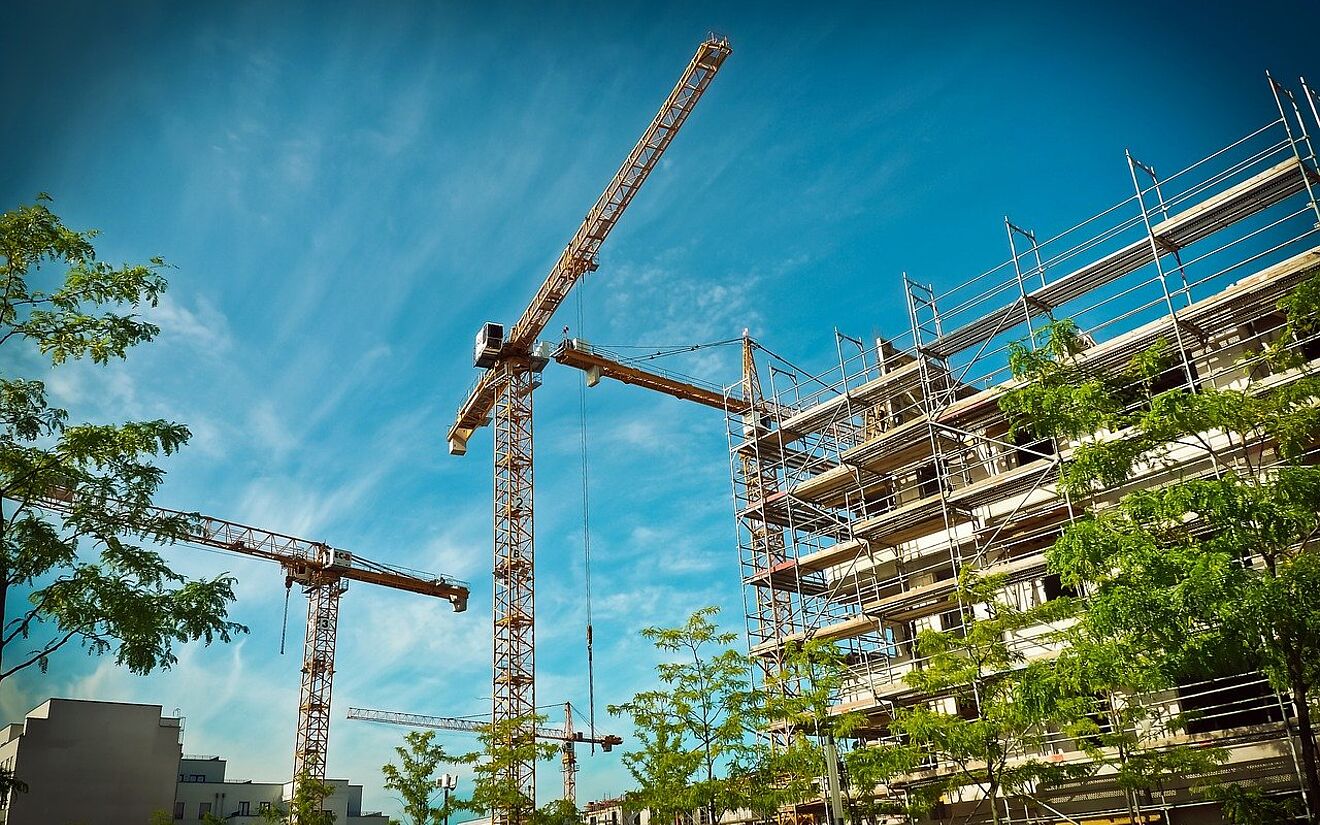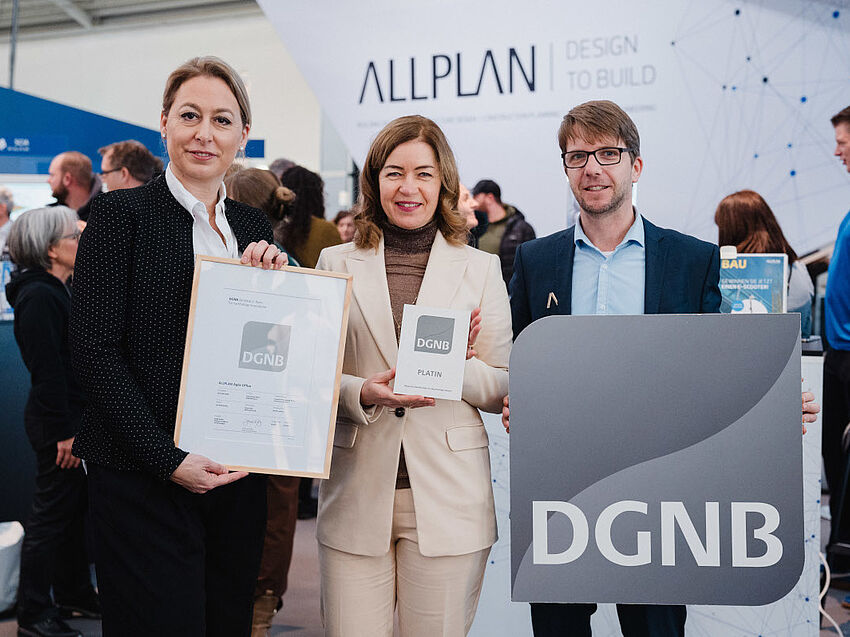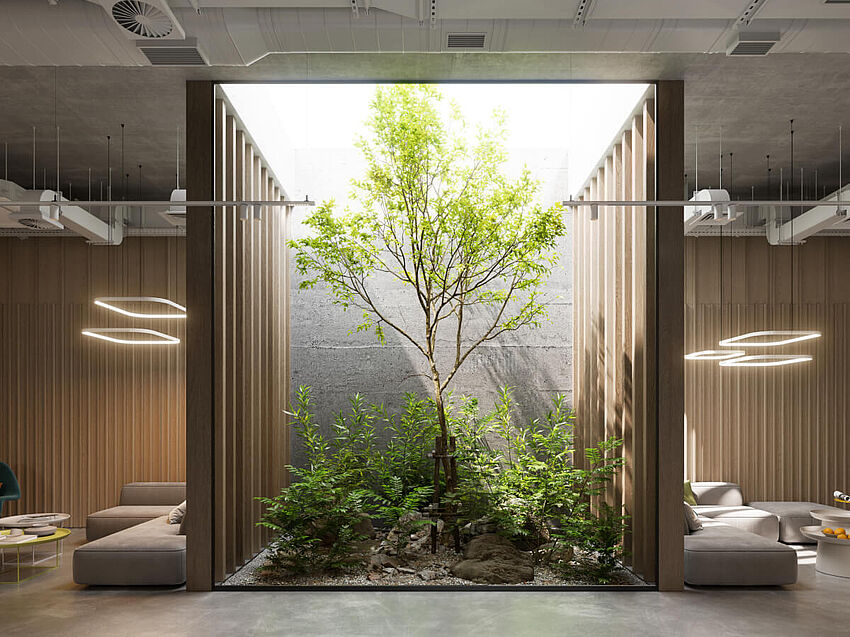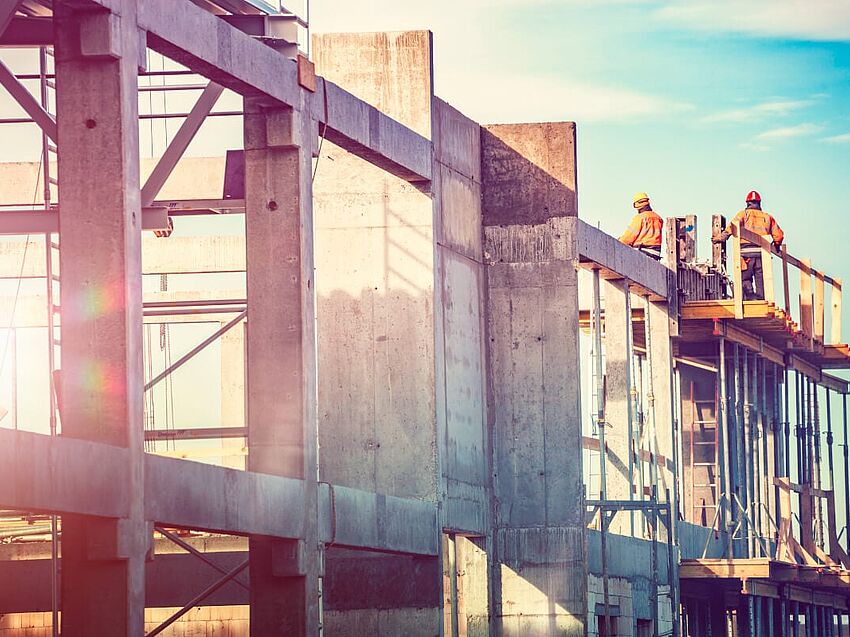22 million square metres of insulating materials are installed in Germany every year. The materials used most frequently are polystyrene foam and mineral wool, which are coming under increasing criticism because of their detrimental effect on the environment. Builders, therefore, want sustainable insulation of facades and roofs and this is possible via the use of wood, hemp, flax, cellulose and sea grass.
Sustainable insulation helps protect the climate
For years scientists have been discussing new approaches for greater sustainability in architecture. An energy efficient building method of the future needs to focus increasingly once more on the topographic, climatic and cultural conditions of its own environment, according to German architect Professor Stefan Behnisch.
Architects and engineers face two challenges: on the one hand, the German government is pressing ahead with its 2050 Climate Plan, by the year 2050, to refurbish the energy system of around 90 percent of its existing buildings. This is set to further reduce carbon dioxide emissions which are produced when burning fossil fuels. On the other hand, society is making growing demands on comfortable living: the living space to be heated per person is expanding and the number of household electrical appliances is increasing. Therefore, even more energy is required than was the case previously.
One way of increasing the energy efficiency in buildings is to use insulating materials. Not only do they provide greater comfort but they also fulfil important tasks such as heat insulation, damp proofing, fire protection, and noise insulation. Some, such as expanded polystyrene (EPS) have come under criticism, and others are waiting for their major breakthrough. This includes environmentally friendly insulating materials made of hemp, cellulose or wood. Their raw materials extraction, manufacture, processing and disposal requires less energy than is the case for conventional insulating materials and they present a low risk to waterways and soil. They consist of renewable raw materials and are 100 percent recyclable. Some outperform traditional insulating materials due to their specific properties.
Insulation panels made of cellulose, wood or hemp are very versatile
The most well-known material for environmentally friendly insulation is cellulose. The flock or boards are made of crushed newspaper. In order to ensure sufficient fire protection the manufacturers add borates or aluminium sulphate. The building material, for instance, serves as roof insulation or as insulation for walls in wood frames.
Wood is suitable as a sustainable insulating material for roofs and facades and also for footfall noise insulation. The material can be processed in the form of boards, flock or wood wool. It has excellent thermal insulation. A follow-on variant has been developed by researchers at the Fraunhofer Institute for Wood Research in Braunschweig. They create a foam suspension of wood fibres and water mixed with carbon dioxide. This creates a pressure-proof hard foam made of 100 percent renewable raw materials. New studies on environmentally friendly insulating materials begin in December 2016 as part of the project “material parameters”.
Another building material of the future is hemp. It has marked moisture-regulating properties: the hemp insulation boards can absorb up to 17 percent of their own weight in moisture without reducing their insulation capability. The plant is highly resistant to pests and very durable. These features distinguish hemp insulation as a key component for sustainable building.
Flax and sea grass provide additional alternatives for insulation
Flax can indeed only be used internally but impresses on account of its thermal insulation and sound insulation. Just like hemp, flax absorbs vibrations well and transforms them into heat. The flax mats can be used for example in the between-rafter insulation. Maize starch acts as supporting fibre.
Sea grass takes environmental protection one step further. This marine plant does not have to be cultivated and can simply be collected on beaches in Albania or Egypt. The dried and subsequently shredded fibre material is used for insulating roofs, ceilings and walls. It naturally contains borates, which have to be added synthetically to insulating materials such as hemp or flax. This keeps the plant flame retardant, it does not become mouldy and is extremely durable.
The proportion of insulating materials made of sustainable raw materials will increase
Production of these environmentally friendly insulating materials requires far less energy than conventional mineral wool. Moreover, wood, hemp and sea grass can be recycled easily, either for re-insulation as bulk material or for composting in the earth. Their market share is currently five percent. An increase in the next few years is expected however. There are individual and building policy efforts under way to step up climate protection because healthy and sustainable architecture has a significant role to play in the future.




